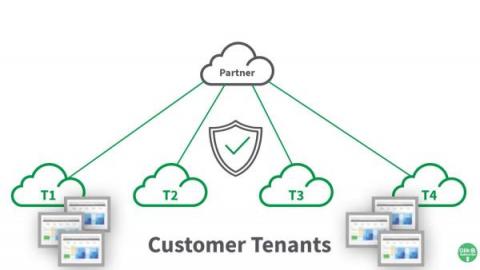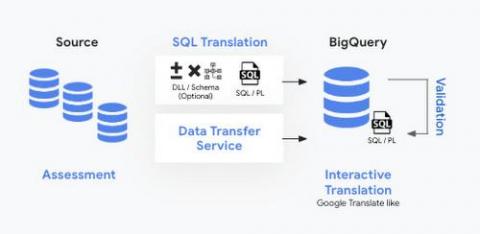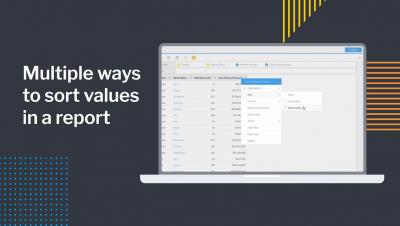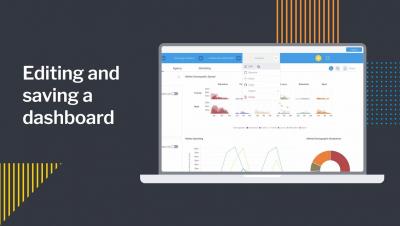Systems | Development | Analytics | API | Testing
BI
Extending The Power of Qlik Sense SaaS for OEM Partners
As the growth in embedding analytics into a product, application or service continues to accelerate in the market, some issues continue to frustrate our ISV and Data Provider partners in their journey to the cloud.
Talend's contributions to Apache Beam
Apache Beam is an open-source, unified programming model for batch and streaming data processing pipelines that simplifies large-scale data processing dynamics. The Apache Beam model offers powerful abstractions that insulate you from low-level details of distributed data processing, such as coordinating individual workers, reading from sources and writing to sinks, etc.
Building an automated data pipeline from BigQuery to Earth Engine with Cloud Functions
Over the years, vast amounts of satellite data have been collected and ever more granular data are being collected everyday. Until recently, those data have been an untapped asset in the commercial space. This is largely because the tools required for large scale analysis of this type of data were not readily available and neither was the satellite imagery itself. Thanks to Earth Engine, a planetary-scale platform for Earth science data & analysis, that is no longer the case.
Analyzing satellite images in Google Earth Engine with BigQuery SQL
Google Earth Engine (GEE) is a groundbreaking product that has been available for research and government use for more than a decade. Google Cloud recently launched GEE to General Availability for commercial use. This blog post describes a method to utilize GEE from within BigQuery’s SQL allowing SQL speakers to get access to and value from the vast troves of data available within Earth Engine.
How to simplify and fast-track your data warehouse migrations using BigQuery Migration Service
Migrating data to the cloud can be a daunting task. Especially moving data from warehouses and legacy environments requires a systematic approach. These migrations usually need manual effort and can be error-prone. They are complex and involve several steps such as planning, system setup, query translation, schema analysis, data movement, validation, and performance optimization.
Scaling Kafka Brokers in Cloudera Data Hub
This blog post will provide guidance to administrators currently using or interested in using Kafka nodes to maintain cluster changes as they scale up or down to balance performance and cloud costs in production deployments. Kafka brokers contained within host groups enable the administrators to more easily add and remove nodes. This creates flexibility to handle real-time data feed volumes as they fluctuate.











